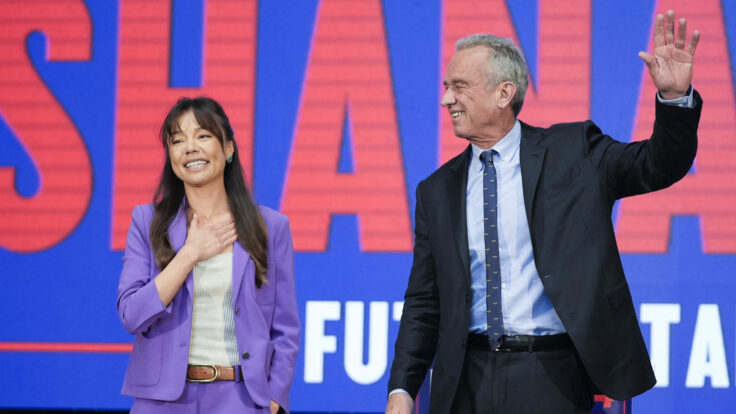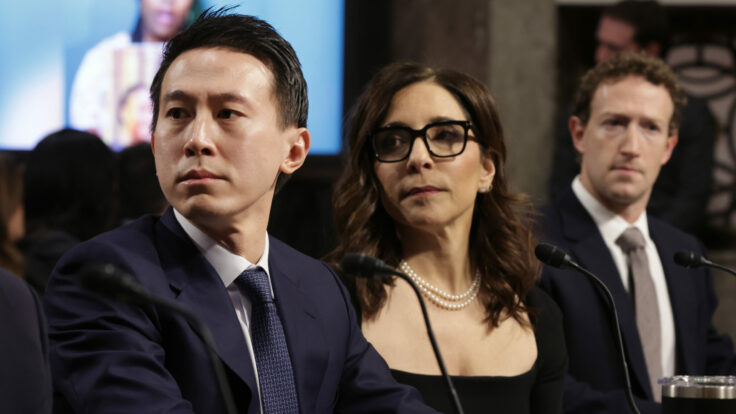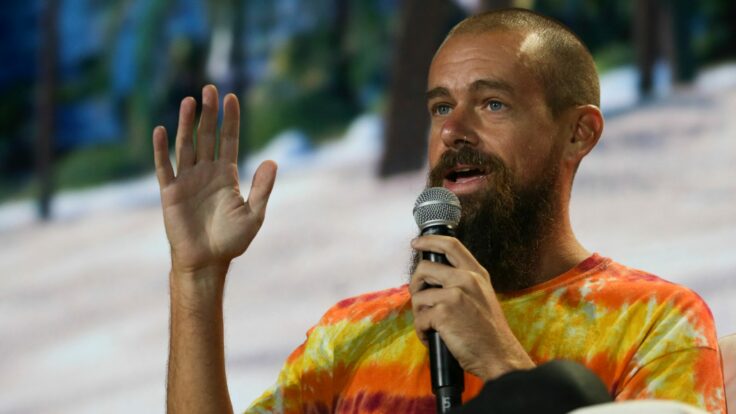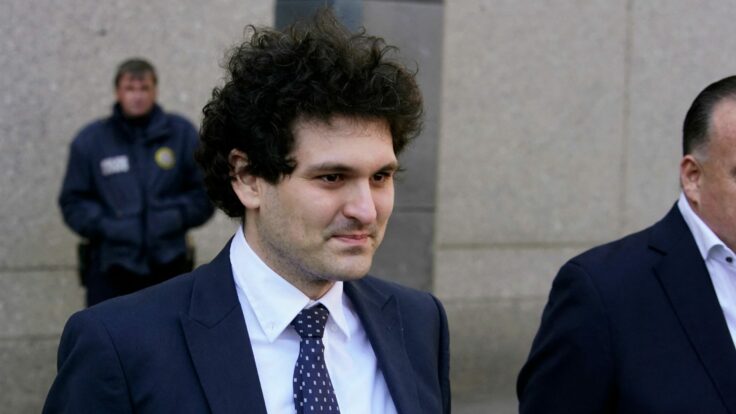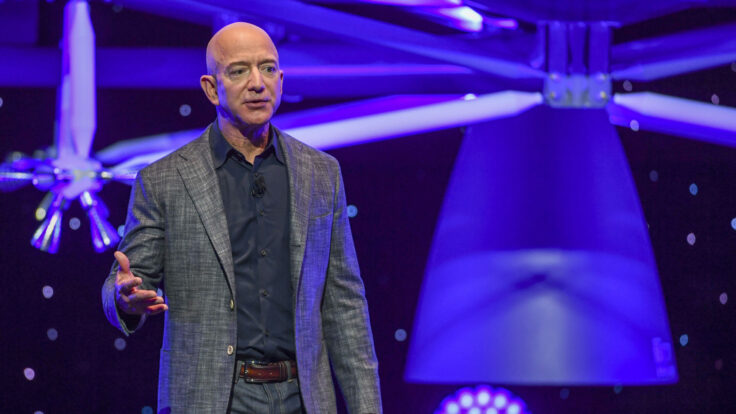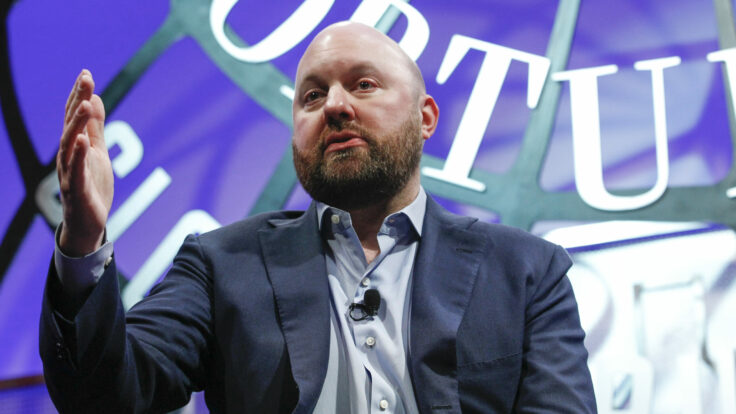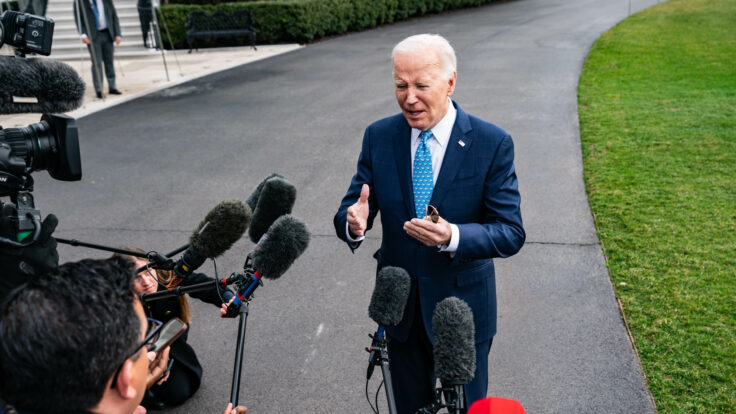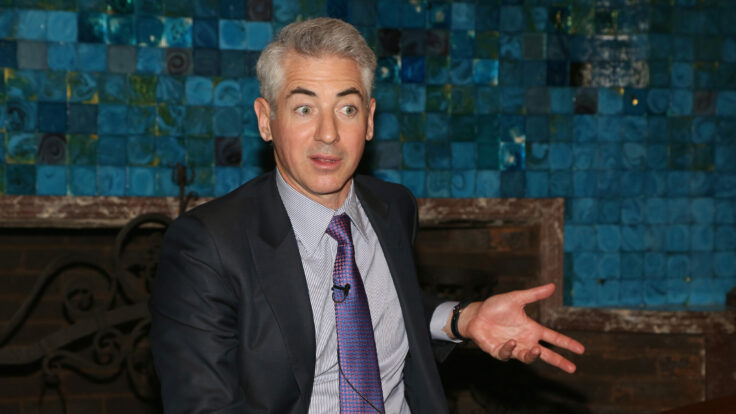Back in the summer of 2019, I received an intriguing and unexpected email from a woman I know named Ray Madoff, a professor at Boston College Law School. Madoff, who bears no relation to the disgraced Ponzi-scheming financier, had spent the better part of a decade developing a reputation in academic circles as the country’s most fervent critic of a once-arcane financial vehicle known as the donor-advised fund, or D.A.F.
On their face, D.A.Fs are merely plug-and-play vessels that make it easy for the wealthy to donate their money to charity. They offer what is essentially a charitable checking account—a place to deposit bulk contributions in stock or cryptocurrency, before a tax year ends, that can then be doled out gradually to nonprofits, much like the way you can use a debit card to spend proceeds from your paycheck. In theory, D.A.Fs increase the total money set aside for charity over the long run.









